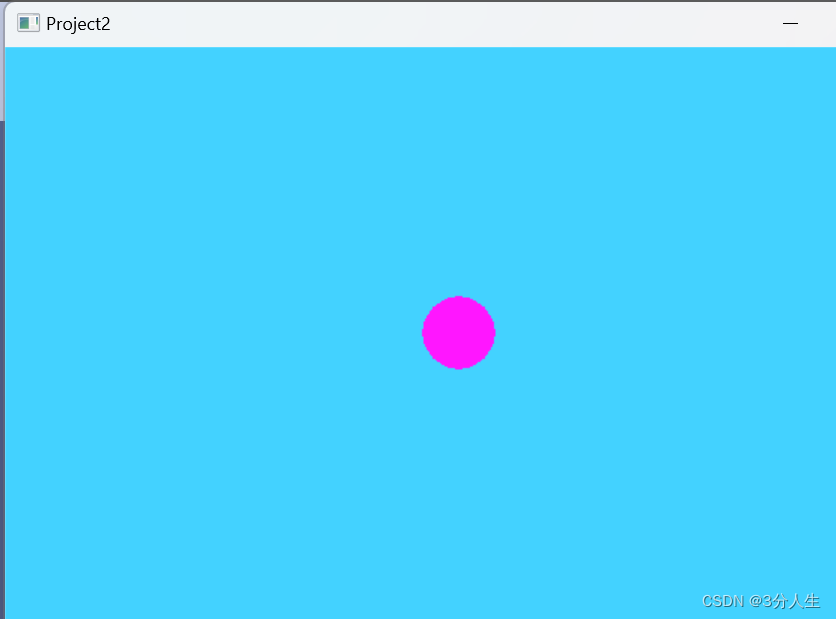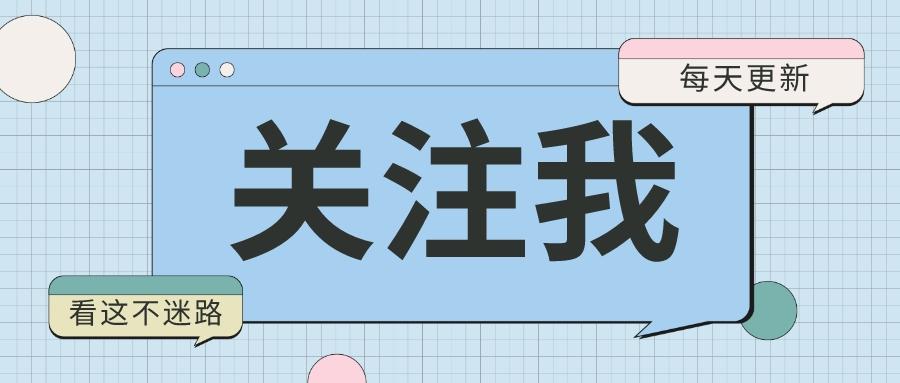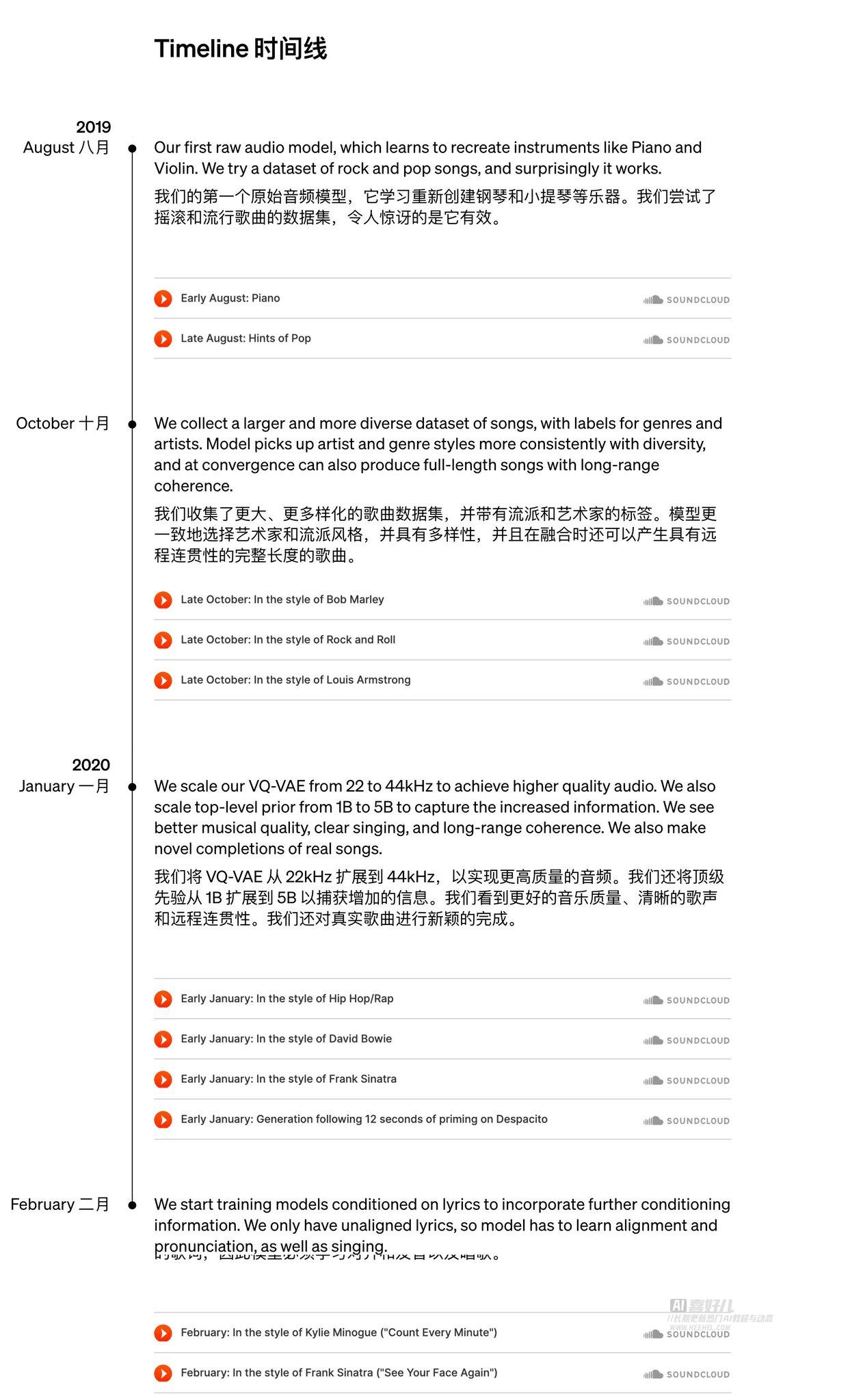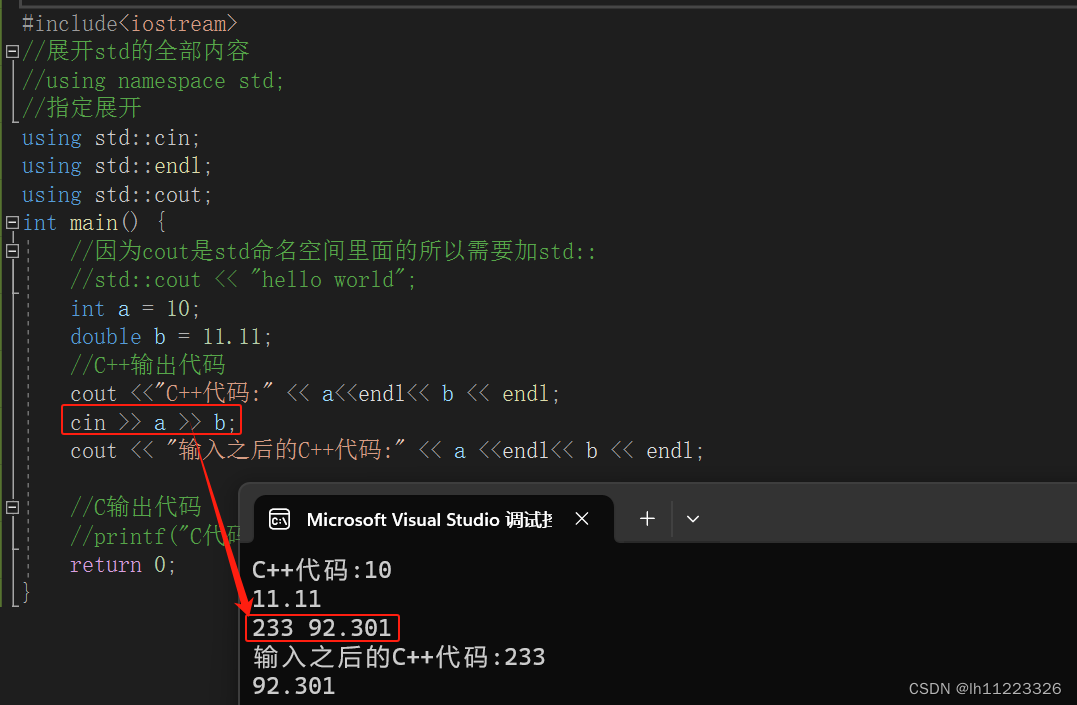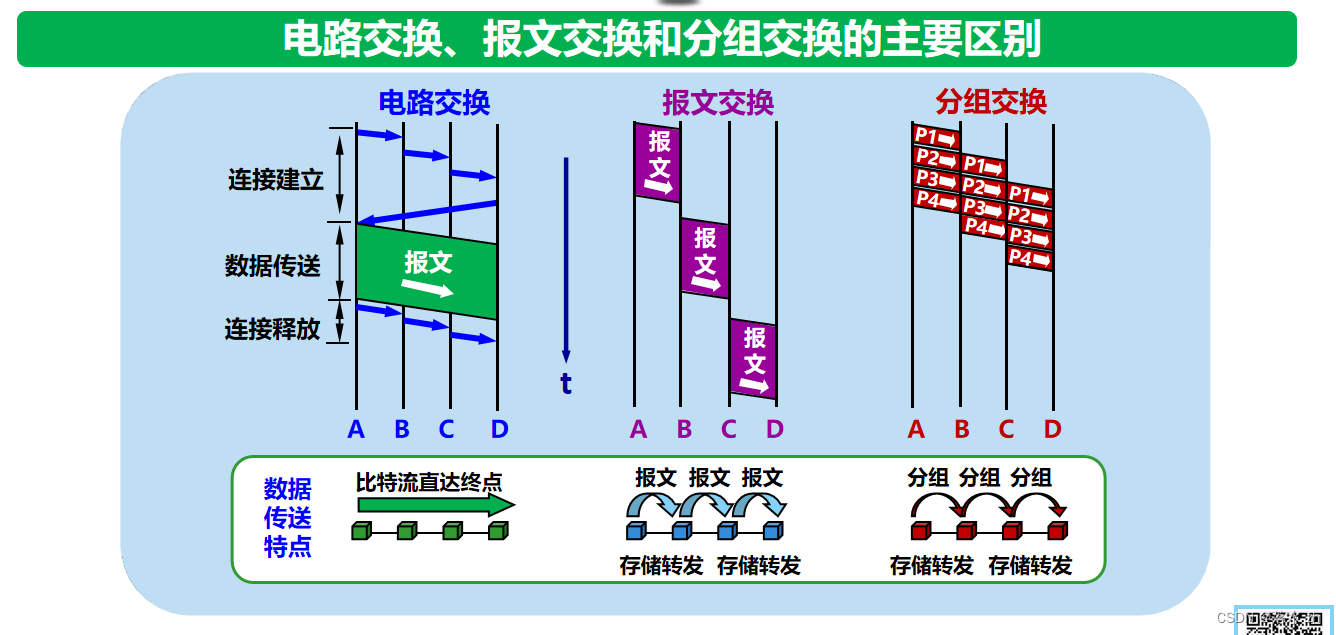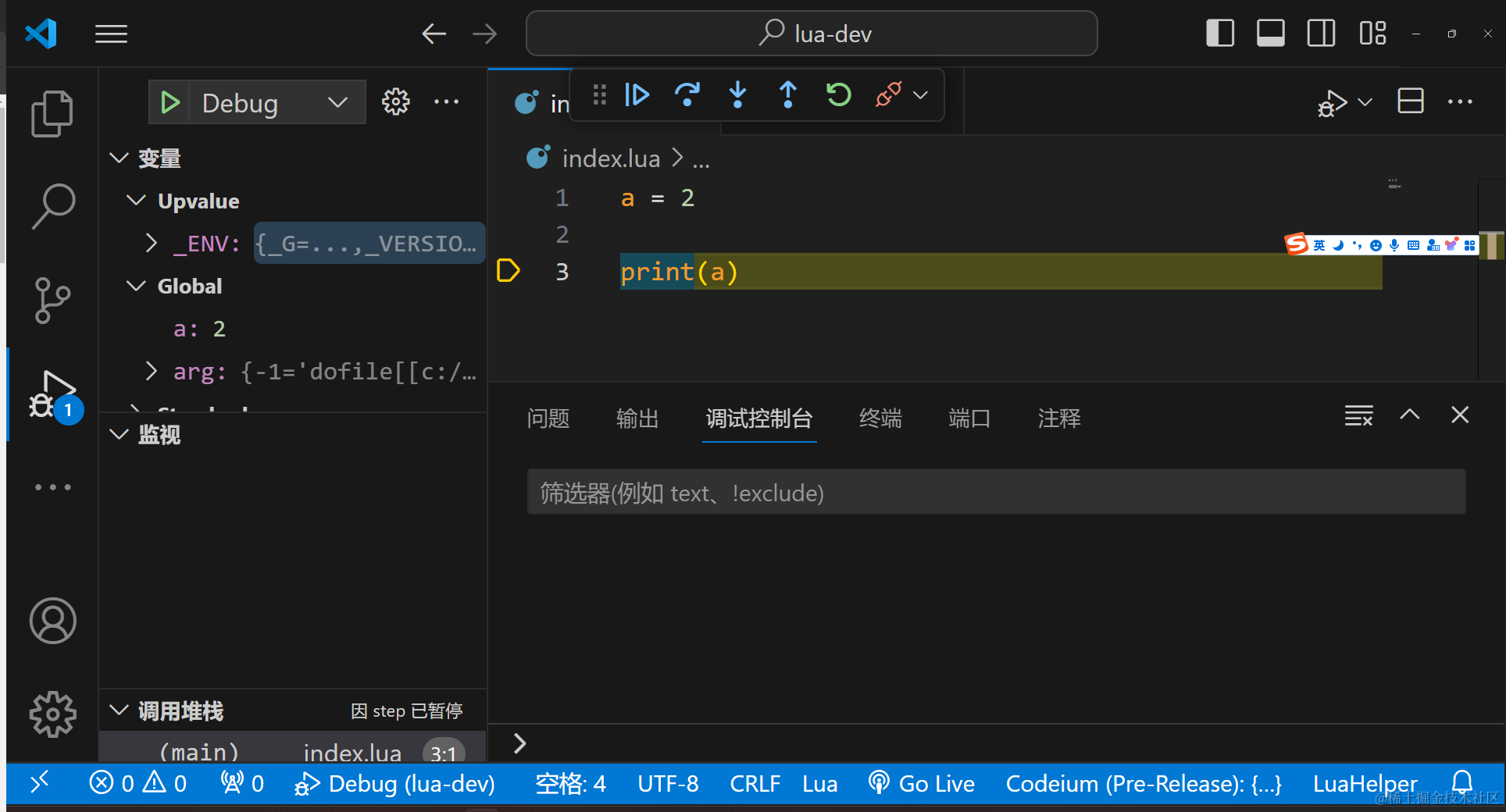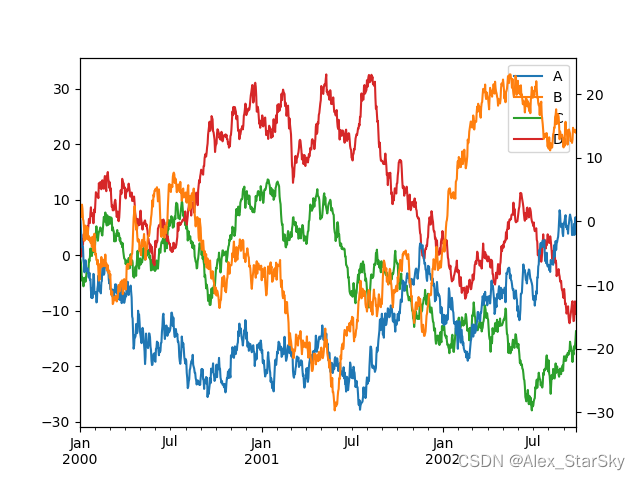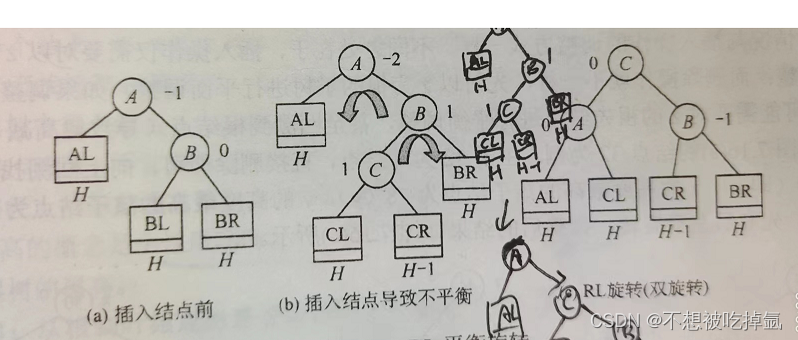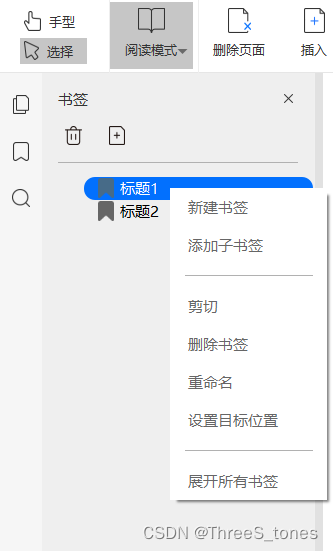各种编程语言存储数据的容器不尽相同,在Python中有字典dict这样的数据类型,而其他语言可能没有对应的字典,为了让不同的语言都能够相互通用的传递数据,JSON就是一种非常良好的中转数据格式,如下: JSON其实是一种有特定格式的字符串,它通过函数要么可以转换为Python的字典,要么可以转换为Python的列表, Python的列表和字典也可以通过函数转换为JSON, 其中列表的格式需要内部元素都是字典,如下: import json
data = [ { "name" : "张大仙" , "age" : 11 } ,{ "name" : "王大锤" , "age" : 9 } ,{ "name" : "赵啸虎" , "age" : 16 } ]
json_str = json.dumps( data, ensure_ascii = False)
print( type( json_str))
print( json_str)
data2 = { "周杰伦" : "台北" }
json_str2 = json.dumps( data2, ensure_ascii = False)
print( type( json_str2))
print( json_str2)
data3 = '[{"name": "张大仙", "age": 11},{"name": "王大锤", "age": 9},{"name": "赵啸虎", "age": 16}]'
print( type( json.loads( data3)) )
print( json.loads( data3))
data4 = '{"周杰伦": "台北"}'
print( type( json.loads( data4)) )
print( json.loads( data4))
语法:’{}’. format() ,用于格式化字符串,可以接收无限参数,可以指定顺序,返回字符串 举例,如下:
'学习{}中的{}函数' .format( 'python' ,'format' )
-> '学习python中的format函数'
'学习{1}中的{0}函数' .format( 'format' ,'python' )
-> '学习python中的format函数'
list1 = [ 'hello' ,'say' ,'world' ,'s' ]
'LiMing {0[1]}{0[3]} {0[0]} to {0[2]}' .format( list1)
-> 'LiMing says hello to world'
list1 = [ 'hello' ,'say' ]
list2 = [ 'world' ,'s' ]
'LiMing {0[1]}{1[1]} {0[0]} to {1[0]}' .format( list1,list2)
-> 'LiMing says hello to world'





